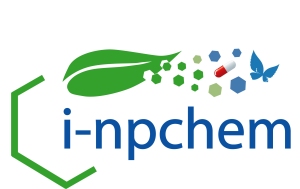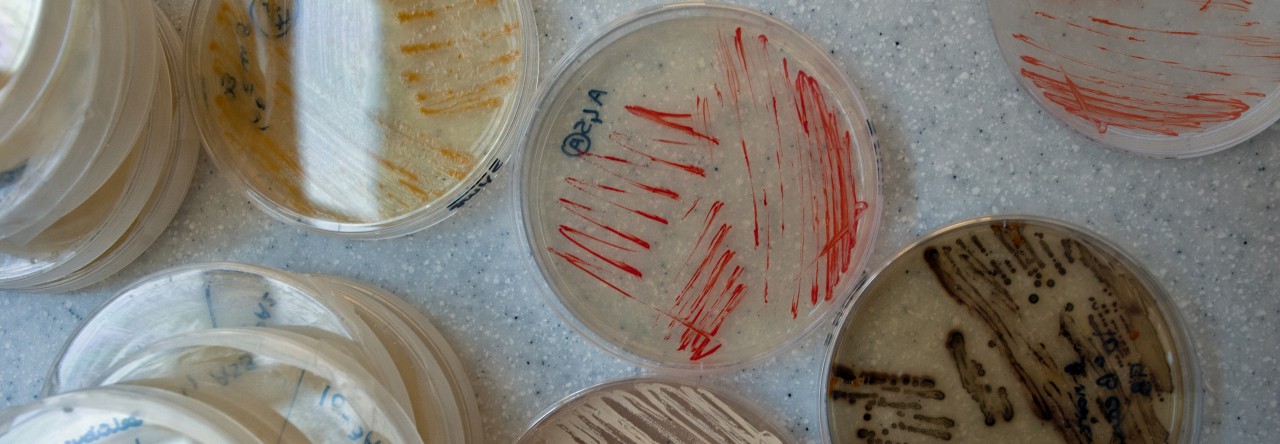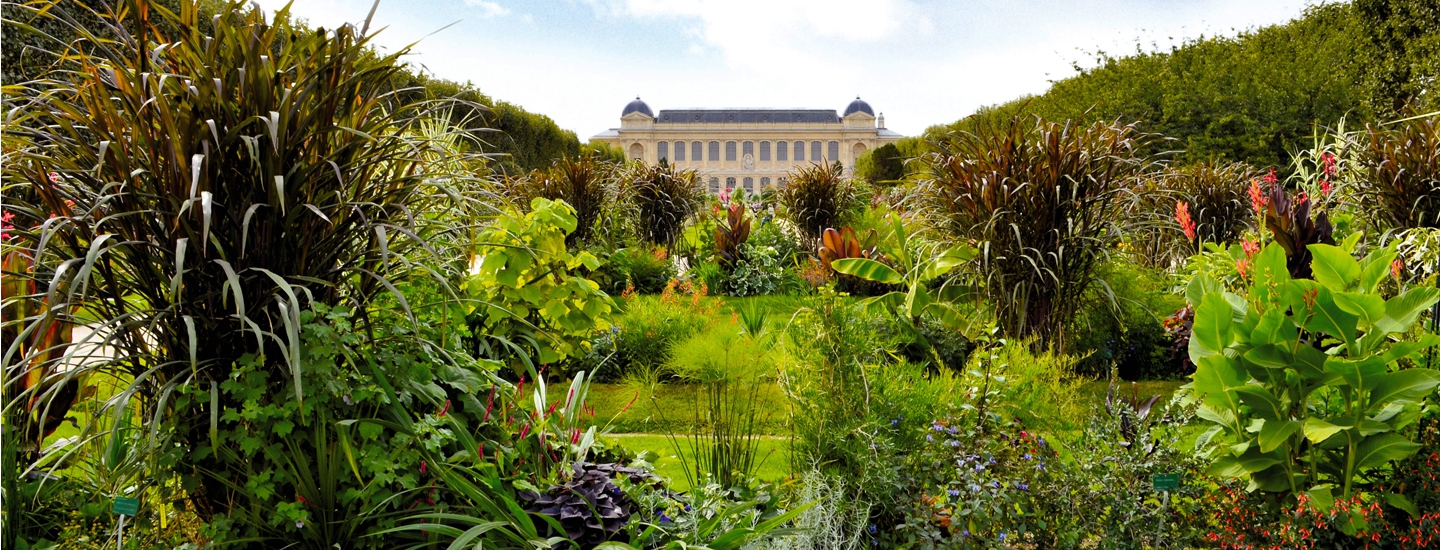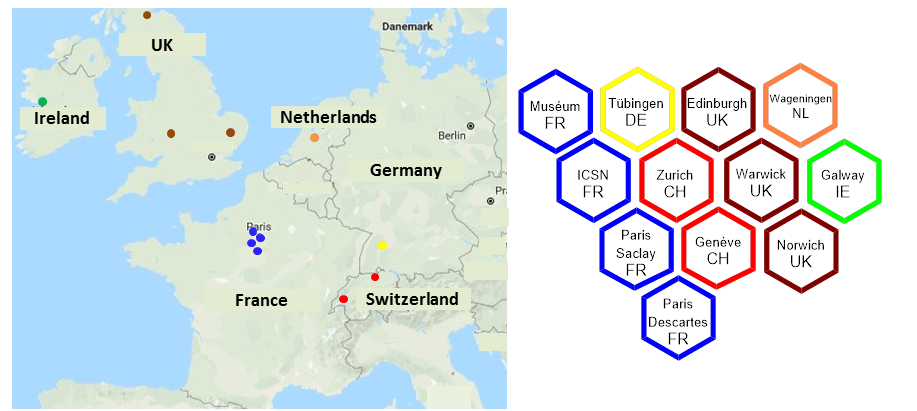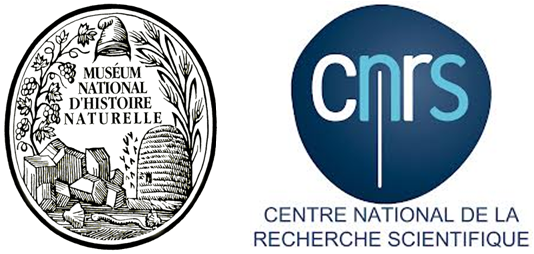


Type of contract: 3 years PhD
Start on October 1st, 2020
Application deadline: June 1st, 2020
Title: Bio-inspired isolation and identification of the ecological roles of compounds disrupting algal biofilms: an innovative approach for the identification of new eco-compatible antifoulings
Send CV, motivation letter and the name of two referees by email
to: Prof. Soizic Prado: sprado@mnhn.fr and Dr. Raphaël Lami: raphael.lami@obs-banyuls.fr
Profile of the student: The recruited doctoral student will have strong experience working at the microbiology / chemistry of natural substances interface involving:
1) Mastering the culture of microorganisms and molecular microbiology tools for genomic analyzes (metabarcoding, metagenomics, qPCR
2) Experience in chemistry of natural substances: characterization of molecules by MS, NMR and metabolomics.
3) Good interpersonal skills, ability to work in a team. Ability to write scientific publications and mastery of scientific English.
Description: Biofilms are complex communities of microorganisms in contact with a surface and included in a matrix that they secrete. Although beneficial in many environments, these nmicrobial biofilms are the source of many problems for military, civilian, industrial, and nrecreational marine activities. Thus, the fight against the development of biofilms is currently an important challenge in many industries, such as the production of underwater electricity, boat building, naval transport, desalination of seawater, and many others. The cost of induced corrosion thus represents between 3 to 4% of GDP in Western countries. These biofilms are also reservoirs of pathogenic organisms and resistant to antibiotics: the fight against their development constitutes in certain contexts a major health issue (food industry, hospitals).
Most of the used antifouling compounds are particularly toxic biocides, which are
applied in large quantities on the hulls of military and commercial ships, but also on
pipelines, port structures, power plants, and others. They have a significant impact on the natural environment because they are released into sea or river waters and accumulate throughout the food chain, leading to a high concentration of toxic substances in marine mammals and filter feeders. At present, no sustainable and environmentally friendly alternative has been developed on a large scale to solve this major environmental problem due to the lack of identified compounds with low ecotoxicity. However, these chemical compounds exist in Nature, and many marine species have developed strategies to protect themselves from biofouling. This is particularly the case of macroalgae (such as Delisea pulchra), which are capable of secreting molecules targeting quorum sensing, a mode of intercellular communication and involved in the formation of biofilms, thus limiting the colonization of pathogenic bacteria. An innovative strategy to find new sustainable, environmentally friendly natural compounds with antifouling activity is, therefore, to target the main mechanisms responsible for the formation of biofilms without affecting cell viability to select low toxic compounds. In this sense, the application of compounds with quorum quenching activity, capable of inhibiting quorum sensing, could meet these criteria and constitute a promising strategy against biological fouling. The knowledge of the algal holobiont has revealed the existence and major ecological roles of the microbiota associated with macroalgae capable of impacting the health of the host alga. Indeed, the algal epimicrobiota is the place of an intense and dynamic, multidirectional, and multi-partners chemical communication, which finely regulates the organization of surface biofilms of the alga. The key mechanisms involved in the formation of these biofilms have been little studied, but the co-supervisors of this project have identified some of them. Thus we have demonstrated that the fungal microbiota of the alga Saccharina
latissima, a key species of the northern European coasts, is the place of the production of
chemical mediators capable of inhibiting bacterial QS and by extension inhibiting the
formation of biofilms (Blanchet et al., 2017; Tourneroche et al., 2019). However, the precise identification of these compounds, as well as the precise understanding of their ecological role, has not yet been studied.
This multidisciplinary project combining Chemistry of Natural Products and Microbial
Ecology aims getting inspiration from the molecular dialogue of the micro-ecosystem hosted by the brown alga Saccharina latissima to find new sustainable natural compounds, respectfull of the environment, with antifouling activity and to depict the detailed molecular mechanisms involved.
The project is structured in 4 axes:
Axis 1: Microbial diversity of the algal microbiota of S. latissima. Epiphytic microbial diversity (bacteria and fungi) will be characterized by metabarcoding (16S rRNA and ITS) from sporophytes of S. latissima collected in collaboration with the Roscoff Biological Station. A culture-dependent approach will also be carried out to generate a collection of cultivablestrains for the isolation in sufficient quantity of the compounds of interest.
Axis 2: Fine chemical characterizations of the chemical mediators governing the QS of
biofilms of S. latissima. The biofilm metabolites will be extracted from the surface of S.
latissima and their chemical analysis will be carried out using a non-targeted and targeted metabolomics approach (search for specific molecules of QS) using mass spectrometry (MS) data. The metabolites will be annotated using the different databases available in our institutions. The extracts will be evaluated for their anti-QS and anti-biofilm activities according to protocols mastered by our labs. The correlation between microbial diversity (axis 1), metabolomics and QS activity will make it possible to link metabolic production to producing strains and to QS (meta-metabolomic) activity. The strains producing the chemical mediators of interest will be cultivated, alone or in combination, on a large scale, in order to isolate the compounds capable of interacting with QS specifically. The structural analysis of the compounds will be carried out by NMR and MS on the analytical platforms of the MNHN.
Axis 3. Characterization of the functional role of chemical mediators governing the QS of
biofilms of S. latissima. The description of the functional roles towards QS of the compounds characterized in axis 2 will be carried out by nanostring or RNAseq approaches by specifically targeting the key genes involved in the metabolic pathways of QS and the formation of biofilms (eg luxI, luxM, luxR). A transcriptomic approach will be carried out on the epiphytic community in the presence of the compounds identified in Axis 2 in order to characterize the biosynthetic pathways potentially suppressed / activated within the community and to better understand the ecological role of the identified compounds.
Axis 4. Environmental impact of the characterized compounds, translational aspects scientific communication and general public. The environmental impact of the characterized compounds will be tested on target organisms in the aquatic environment (e.g. daphnids, Medaka fish). This aspect will be fundamental before considering the translational aspects.
